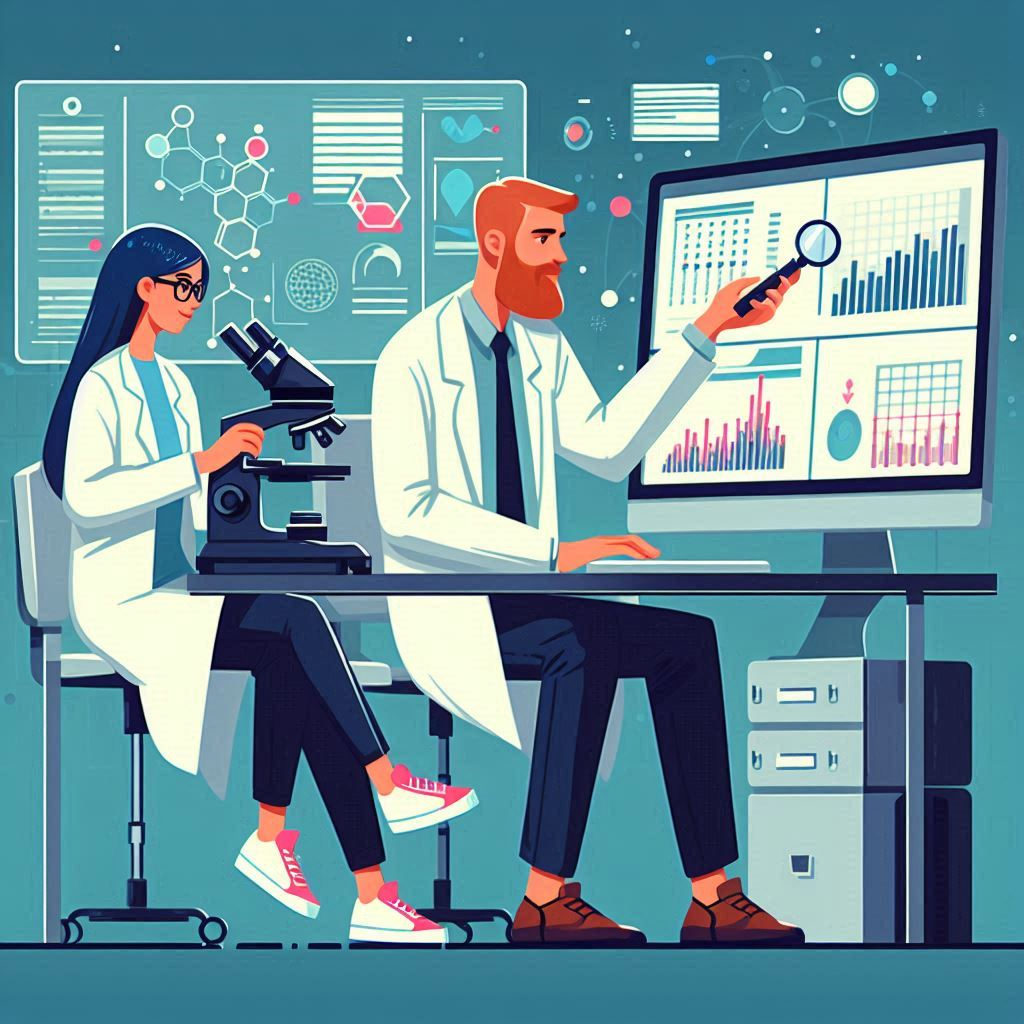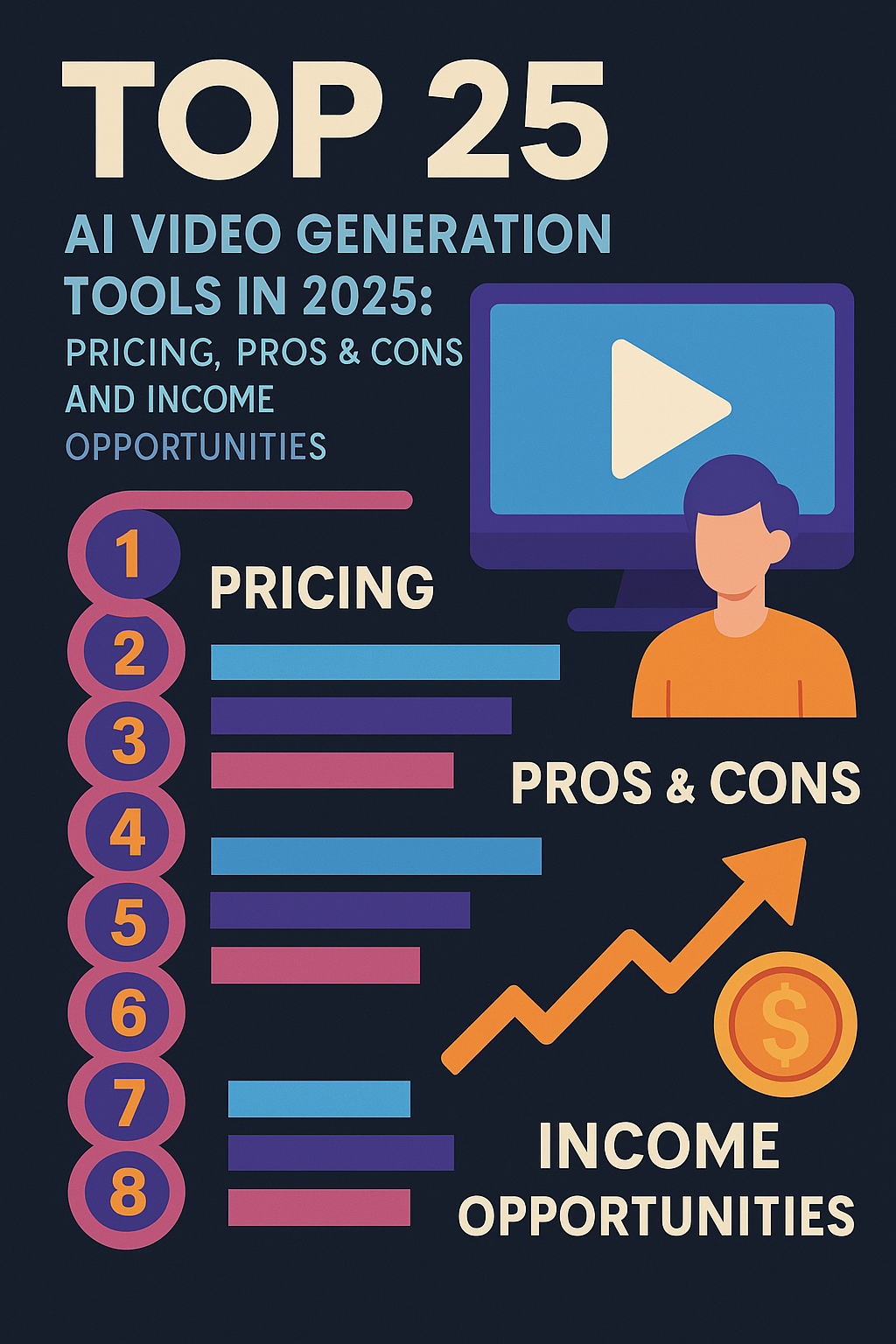
Data Science vs. Data Analytics: Understanding the Differences with Examples
In today’s data-driven world, the terms data science and data analytics are often used interchangeably. However, while they share similarities, they are distinct disciplines with unique purposes, methodologies, and outcomes. Understanding the differences between the two can help organizations better utilize their data resources and achieve more targeted results.
What is Data Science?
Data Science is an interdisciplinary field that uses scientific methods, algorithms, and systems to extract knowledge and insights from structured and unstructured data. It involves a broader scope that includes data preparation, data cleansing, data exploration, and advanced statistical methods, along with the development of predictive models.
A key aspect of data science is its focus on the discovery of new insights. Data scientists typically employ techniques from machine learning, artificial intelligence, and big data processing to uncover patterns that were previously unknown. This makes data science particularly useful for making predictions and creating prescriptive analytics models.
Example:
A classic example of data science in action is the Netflix Recommendation System. Netflix uses complex algorithms and data science techniques to analyze user behavior and predict what movies or TV shows a user might like. The recommendation engine is a result of advanced data science processes that involve machine learning and predictive analytics.
What is Data Analytics?
Data Analytics is more focused on processing and performing statistical analysis on existing datasets. The primary goal of data analytics is to generate actionable insights that can inform business decisions. Unlike data science, which can involve creating new tools and techniques, data analytics often involves the use of existing tools and methods to evaluate data and extract useful information.
Data analytics is typically used for examining historical data to identify trends, patterns, and correlations. This helps businesses make data-driven decisions by providing insights into what has happened in the past and what could happen in the future.
Example:
One common example of data analytics is A/B Testing in marketing campaigns. A company might want to determine which version of an advertisement is more effective. By using data analytics, they can compare the performance of two or more variants (A and B) to see which one yields better results, such as higher click-through rates or conversions.
Key Differences Between Data Science and Data Analytics
- Scope: Data science covers a broader scope that includes developing new methods and algorithms, while data analytics focuses on applying existing methods to analyze data and generate insights.
- Techniques: Data science involves advanced techniques such as machine learning, deep learning, and artificial intelligence. Data analytics typically uses statistical analysis, data visualization, and business intelligence tools.
- Outcome: The outcome of data science is often the discovery of new patterns or the development of predictive models. The outcome of data analytics is actionable insights that can directly influence decision-making.
Tools Used in Data Science and Data Analytics
- Data Science Tools: Python, R, TensorFlow, Apache Spark, Jupyter Notebook
- Data Analytics Tools: Excel, Tableau, Power BI, SQL, Google Analytics
For a deeper dive into the tools used in these fields, check out these resources:
Conclusion
While both data science and data analytics are critical for leveraging data in business, they serve different purposes. Data science is more about creating new methods and models to predict future trends, while data analytics is about interpreting existing data to make informed decisions. Understanding these differences will help organizations better strategize and choose the right approach to meet their data needs.
Whether you are a business leader trying to optimize your decision-making process or a professional looking to enter the field, it’s crucial to understand the nuances between these two powerful disciplines.




















































































































































